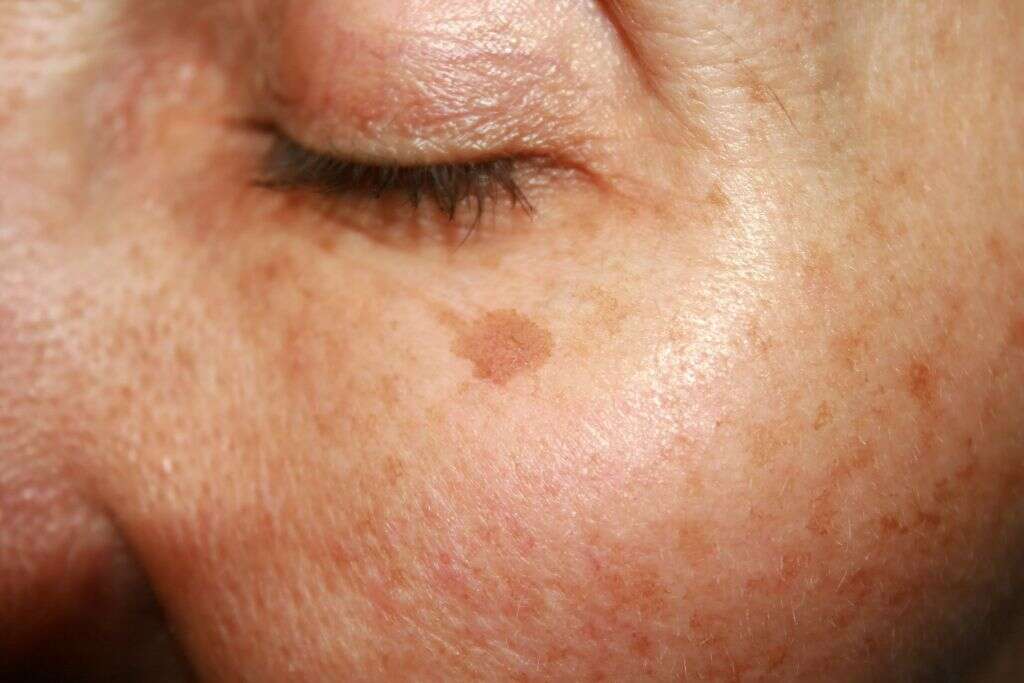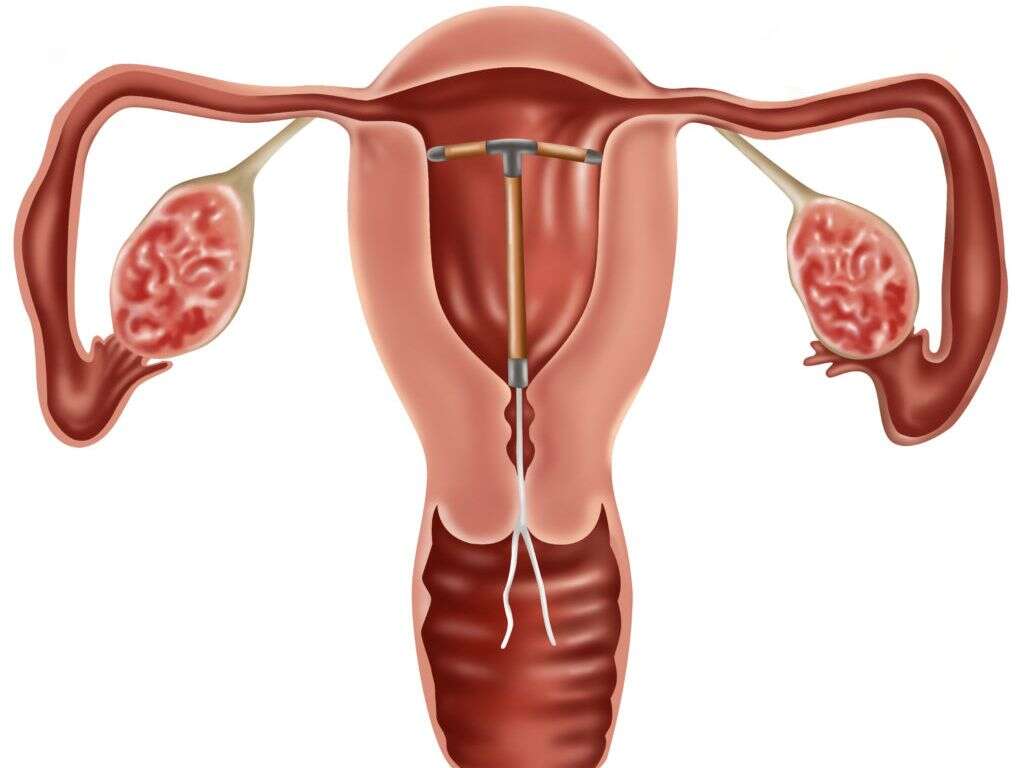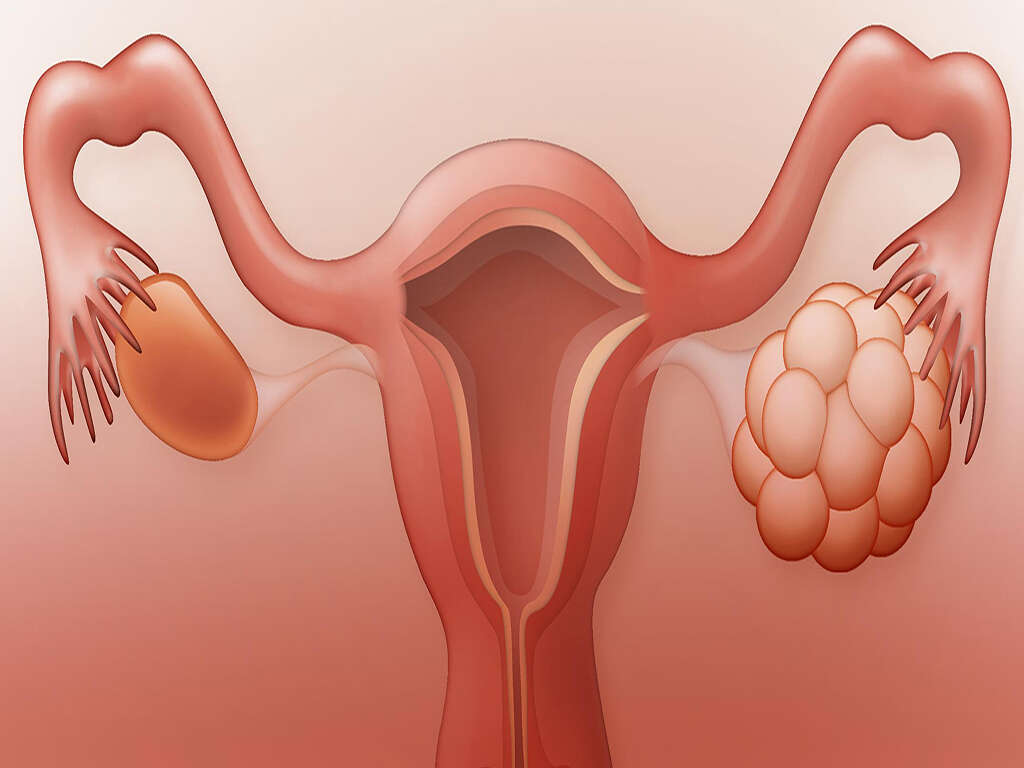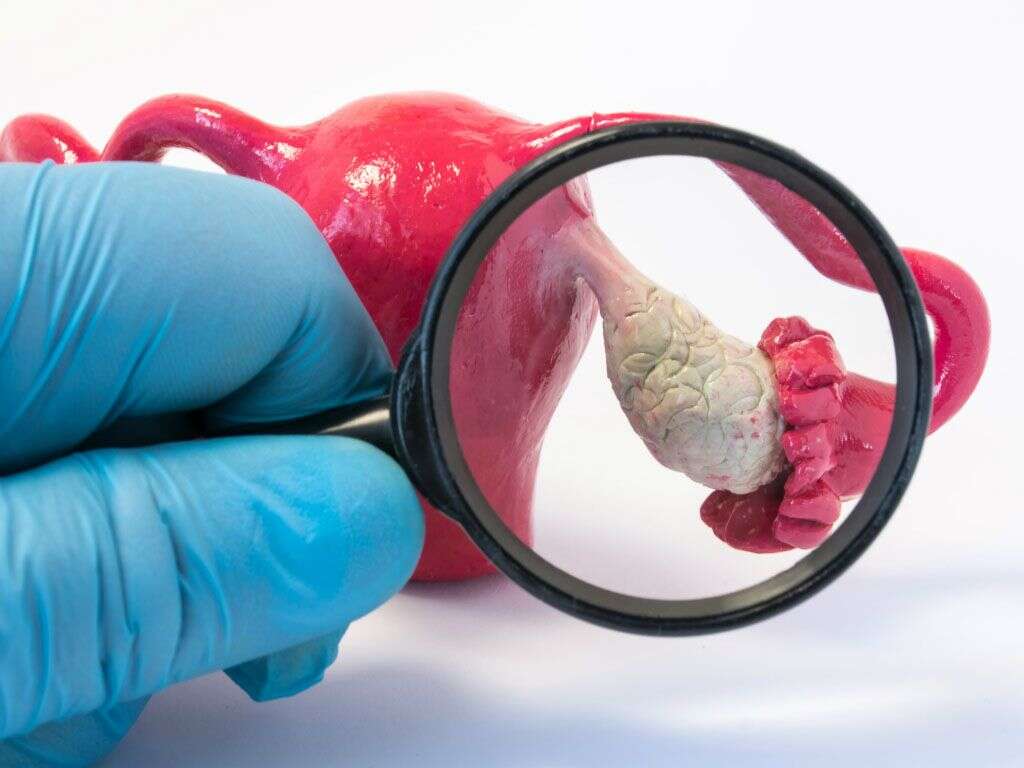Polycystic Ovary Syndrome Symptoms
 Article Sources
Article Sources
- 1. Aboud AL AM, Zito PM. Alopecia. [Updated 2020 Jun 29]. In: StatPearls [Internet]. Treasure Island (FL): StatPearls Publishing; 2020 Jan-. Available from: https://www.ncbi.nlm.nih.gov/books/NBK538178/
- 2. Gibson E, Mahdy H. Anatomy Abdomen and Pelvis, Ovary. [Updated 2019 Aug 10]. In: StatPearls [Internet]. Treasure Island (FL): StatPearls Publishing; 2020 Jan-. Available from: https://www.ncbi.nlm.nih.gov/books/NBK545187/
- 3. Harris, H R et al. “Long and irregular menstrual cycles, polycystic ovary syndrome, and ovarian cancer risk in a population-based case-control study.” International journal of cancer vol. 140,2 (2017): 285-291. doi:10.1002/ijc.30441
- 4. Johansson, Julia, and Stener-Victorin, Elisabeth. “Polycystic ovary syndrome: effect and mechanisms of acupuncture for ovulation induction.” Evidence-based complementary and alternative medicine : eCAM vol. 2013 (2013): 762615. doi:10.1155/2013/762615
- 5. Keen, Mohammad Abid et al. “Cutaneous Manifestations of Polycystic Ovary Syndrome: A Cross-Sectional Clinical Study.” Indian dermatology online journal vol. 8,2 (2017): 104-110. doi:10.4103/2229-5178.202275
- 6. Legro RS. Evaluation and Treatment of Polycystic Ovary Syndrome. [Updated 2017 Jan 11]. In: Feingold KR, Anawalt B, Boyce A, et al., editors. Endotext [Internet]. South Dartmouth (MA): MDText.com, Inc.; 2000-. Available from: https://www.ncbi.nlm.nih.gov/books/NBK278959/
- 7. Ndefo, Uche Anadu et al. “Polycystic ovary syndrome: a review of treatment options with a focus on pharmacological approaches.” P & T : a peer-reviewed journal for formulary management vol. 38,6 (2013): 336-55.
- 8. Pandey A, Sonthalia S. Skin Tags. [Updated 2020 Jun 1]. In: StatPearls [Internet]. Treasure Island (FL): StatPearls Publishing; 2020 Jan-. Available from: https://www.ncbi.nlm.nih.gov/books/NBK547724/
- 9. Rasquin Leon LI, Mayrin JV. Polycystic Ovarian Disease (Stein-Leventhal Syndrome) [Updated 2019 Dec 8]. In: StatPearls [Internet]. Treasure Island (FL): StatPearls Publishing; 2020 Jan-. Available from: https://www.ncbi.nlm.nih.gov/books/NBK459251/
- 10. Spritzer PM, Barone CR, Oliveira FB. Hirsutism in Polycystic Ovary Syndrome: Pathophysiology and Management. Curr Pharm Des. 2016;22(36):5603-5613. doi:10.2174/1381612822666160720151243
8. Darkened Patches of Skin
In a study done by Keen, et al. in 2017, acanthosis nigricans was described as “velvety, brown, thickened plaques with accentuated skin markings.” It is essentially a darkened, abnormal patch of skin that can be a sign of various problems such as diabetes, a reaction to medication, or PCOS.5Keen, Mohammad Abid et al. “Cutaneous Manifestations of Polycystic Ovary Syndrome: A Cross-Sectional Clinical Study.” Indian dermatology online journal vol. 8,2 (2017): 104-110. doi:10.4103/2229-5178.202275
30% of people with PCOS had acanthosis nigricans most commonly in the armpit, the neck, and the crease of the elbow.5Keen, Mohammad Abid et al. “Cutaneous Manifestations of Polycystic Ovary Syndrome: A Cross-Sectional Clinical Study.” Indian dermatology online journal vol. 8,2 (2017): 104-110. doi:10.4103/2229-5178.202275 Hormonal levels are the cause of this sign as with just about every other sign or symptom of PCOS. It should also be noted that acanthosis nigricans is a common symptom of obesity and that obesity is associated with PCOS.6Legro RS. Evaluation and Treatment of Polycystic Ovary Syndrome. [Updated 2017 Jan 11]. In: Feingold KR, Anawalt B, Boyce A, et al., editors. Endotext [Internet]. South Dartmouth (MA): MDText.com, Inc.; 2000-. Available from: https://www.ncbi.nlm.nih.gov/books/NBK278959/
Advertisement









